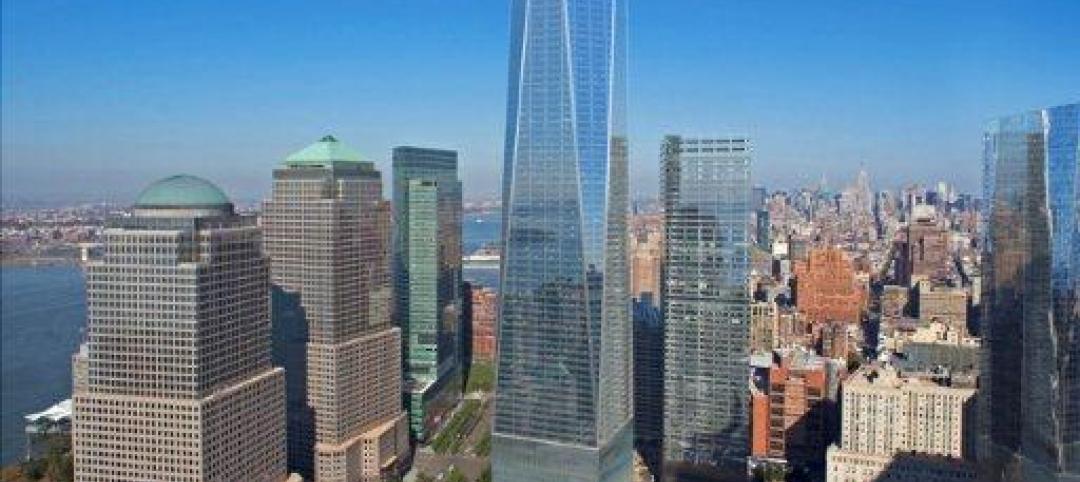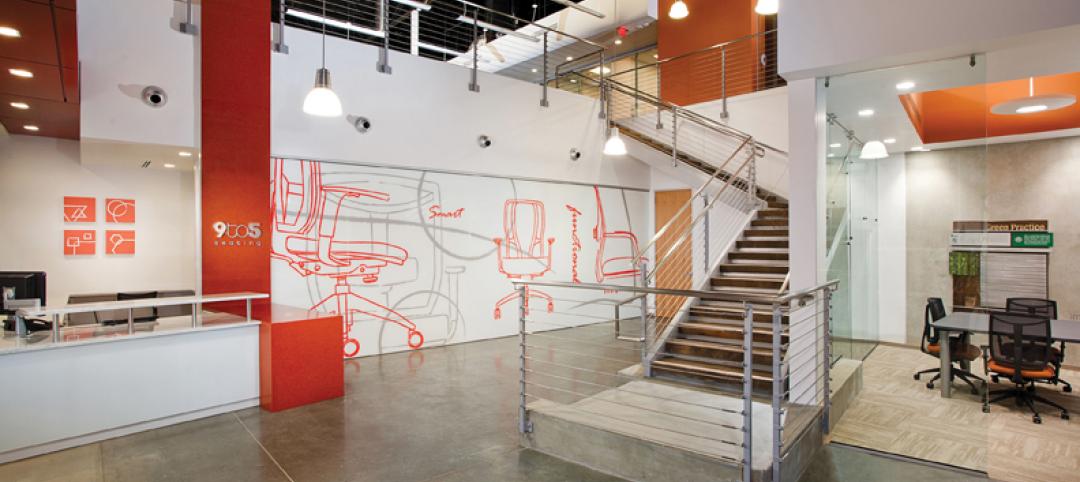ASHRAE has released a new standard that provides a test method to determine the heat gain generated by office equipment.
The growing use of plug loads coupled with insufficient data on how much energy they generate present a challenge to engineers in determining how to best cool a building.
ASHRAE/ANSI Standard 203-2014, Method of Test for Determining Heat Gain of Office Equipment Used in Buildings, prescribes methods of test to determine the range and average operating heat gains of electrical equipment for use in cooling load calculations.
The standard applies to plug-load type electrical equipment. Plug loads (computers, monitors, printers, projectors, etc.) use between 20% to 50% of a building’s energy.
Increased use of computers and advances in building techniques and building envelopes have made heat gain from electrical equipment a larger factor in engineering cooling systems.
“Most plug loads operate at a fraction of their nameplate electrical load, so, as a result, produce significantly less heat load than engineers may use in their cooling load calculations based on those nameplate values,” according to an ASHRAE statement. “This can result in over-sizing of air-conditioning equipment, resulting in extra initial cost for that equipment as well as higher operating cost.”
Related Stories
| Aug 21, 2012
Hong Kong’s first LEED Platinum pre-certified building opens
Environmentally-sensitive features have been incorporated, including reduced operational CO2 emissions, and providing occupiers with more choice in creating a suitable working environment.
| Aug 9, 2012
Slideshow: New renderings of 1 WTC
Upon its scheduled completion in early 2014, One World Trade Center will rise 1,776 feet to the top of its spire, making it the tallest building in the Western Hemisphere.
| Aug 9, 2012
Slideshow: New renderings of 1 WTC
Upon its scheduled completion in early 2014, One World Trade Center will rise 1,776 feet to the top of its spire, making it the tallest building in the Western Hemisphere.
| Jul 24, 2012
Dragon Valley Retail at epicenter of Yongsan International Business District
Masterplanned by architect Daniel Libeskind, the Yongsan IBD encompasses ten city blocks and includes a collection of high-rise residences and commercial buildings.
| Jul 20, 2012
2012 Giants 300 Special Report
Ranking the leading firms in Architecture, Engineering, and Construction.
| Jul 20, 2012
Office Report: Fitouts, renovations keep sector moving
BD+C's Giants 300 Top 25 AEC Firms in the Office sector.
| Jul 17, 2012
Dr. Phillips Charities Headquarters Building receives LEED Silver
The building incorporates sustainable design features, environmentally-friendly building products, energy efficient systems, and environmentally sensitive construction practices.
| Jul 11, 2012
Skanska relocates its Philadelphia metro office
Construction firm’s new 19,100-sf office targets LEED Gold certification.
| Jul 3, 2012
Summit Design+Build completes Emmi Solutions HQ
The new headquarters totals 20,455 sq. ft. and features a loft-style space with exposed masonry and mechanical systems, 17-ft clear ceilings, two large rooftop skylights, and private offices with full glass partition walls.
| Jul 2, 2012
San Francisco lays claim to the greenest building in North America
The 13-floor building can hold around 900 people, but consumes 60% less water and 32% less energy than most buildings of its kind.
















